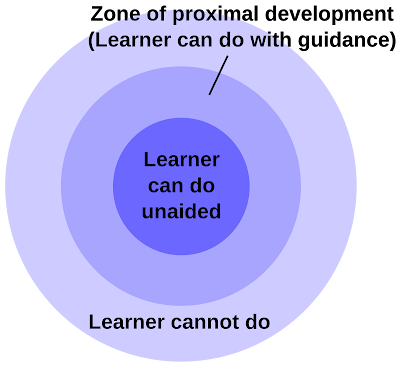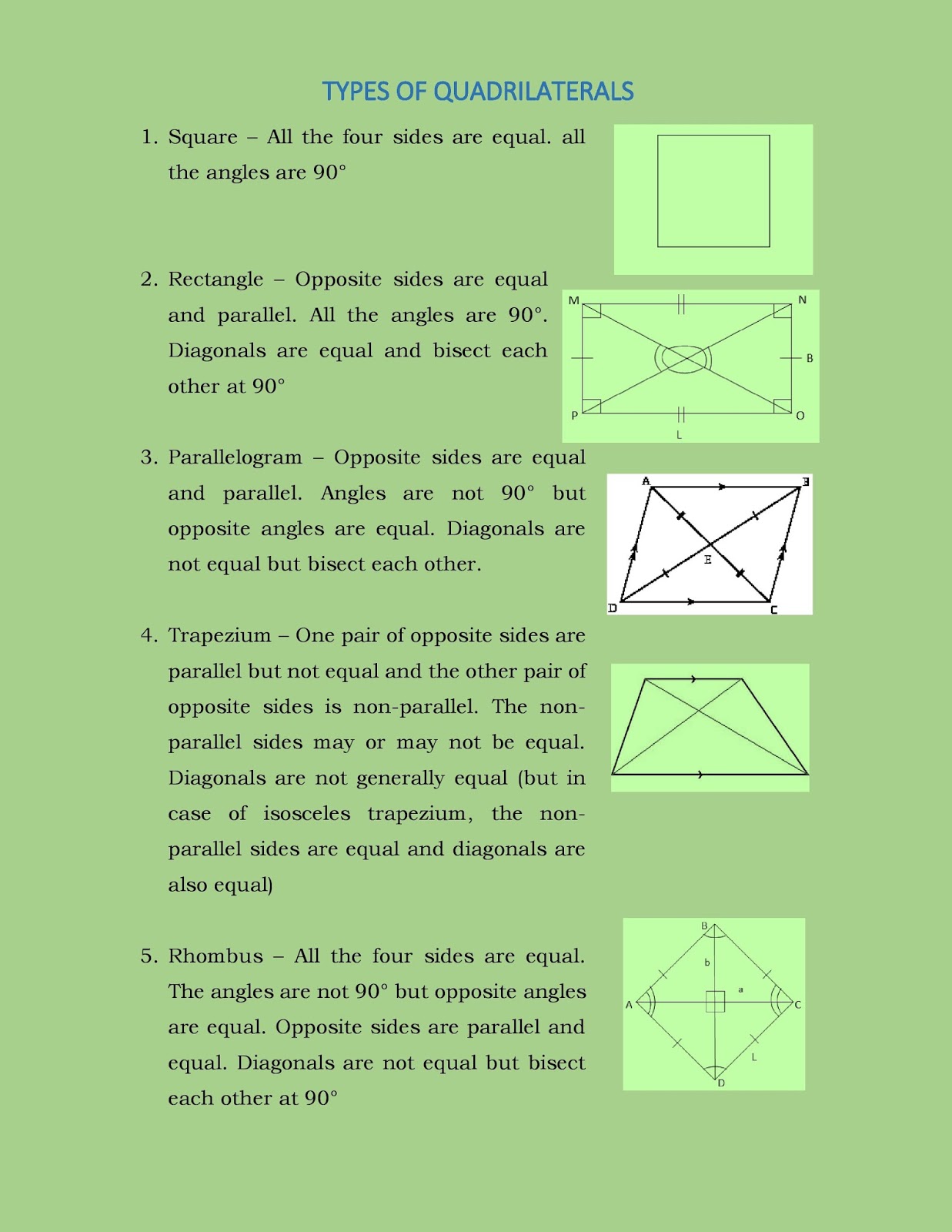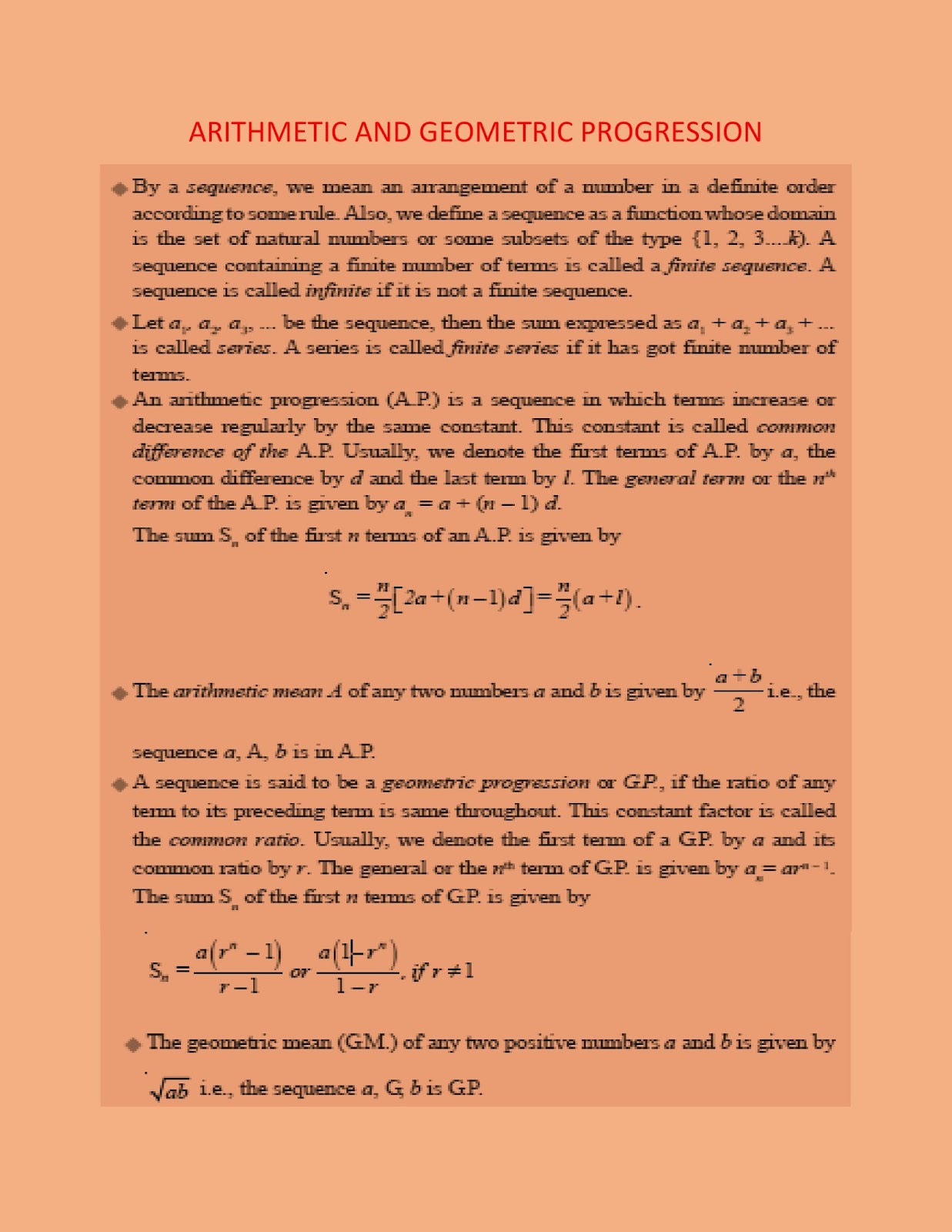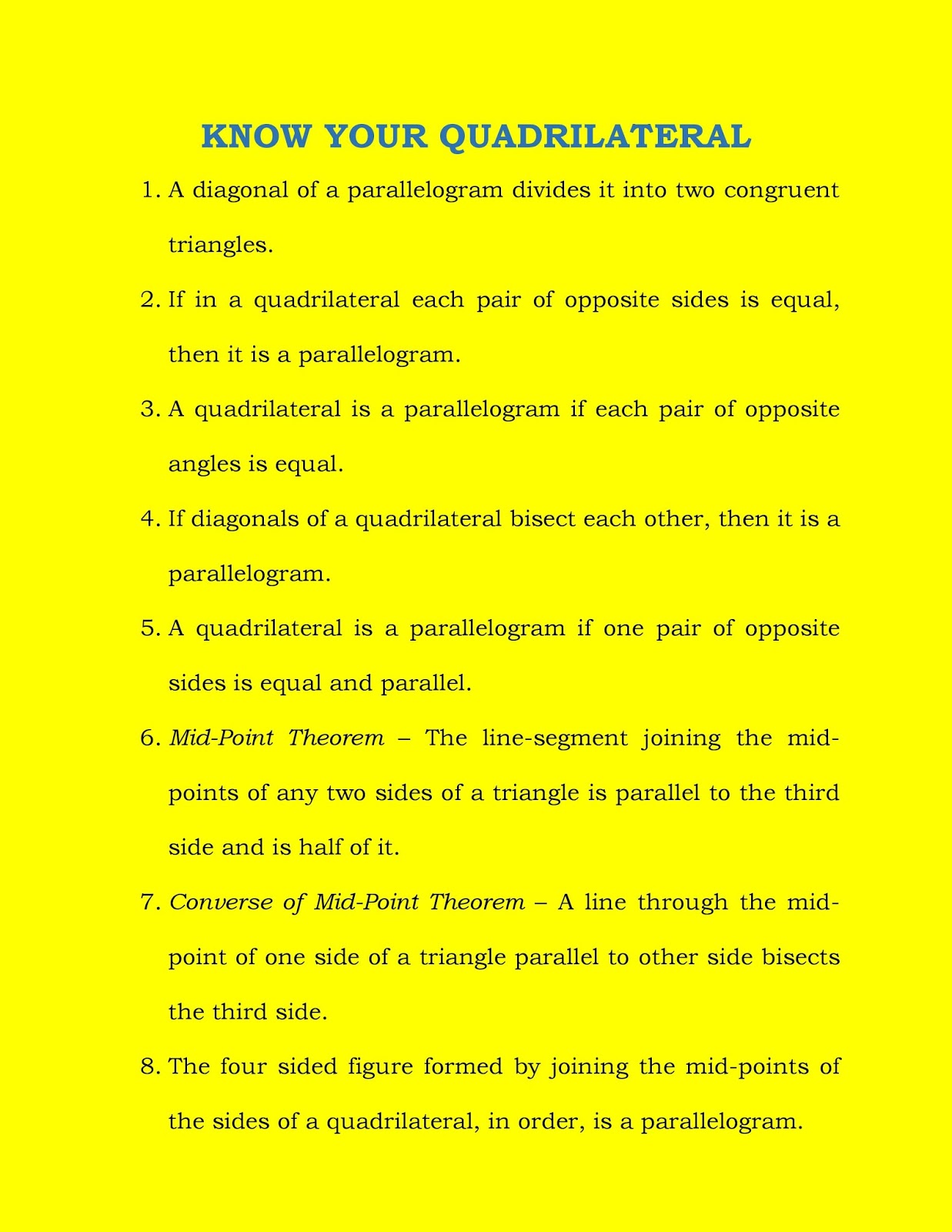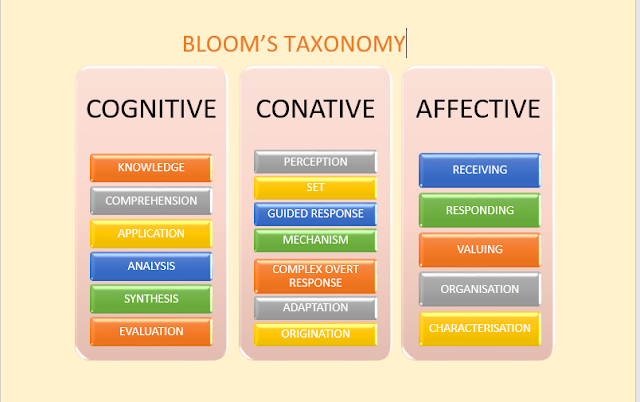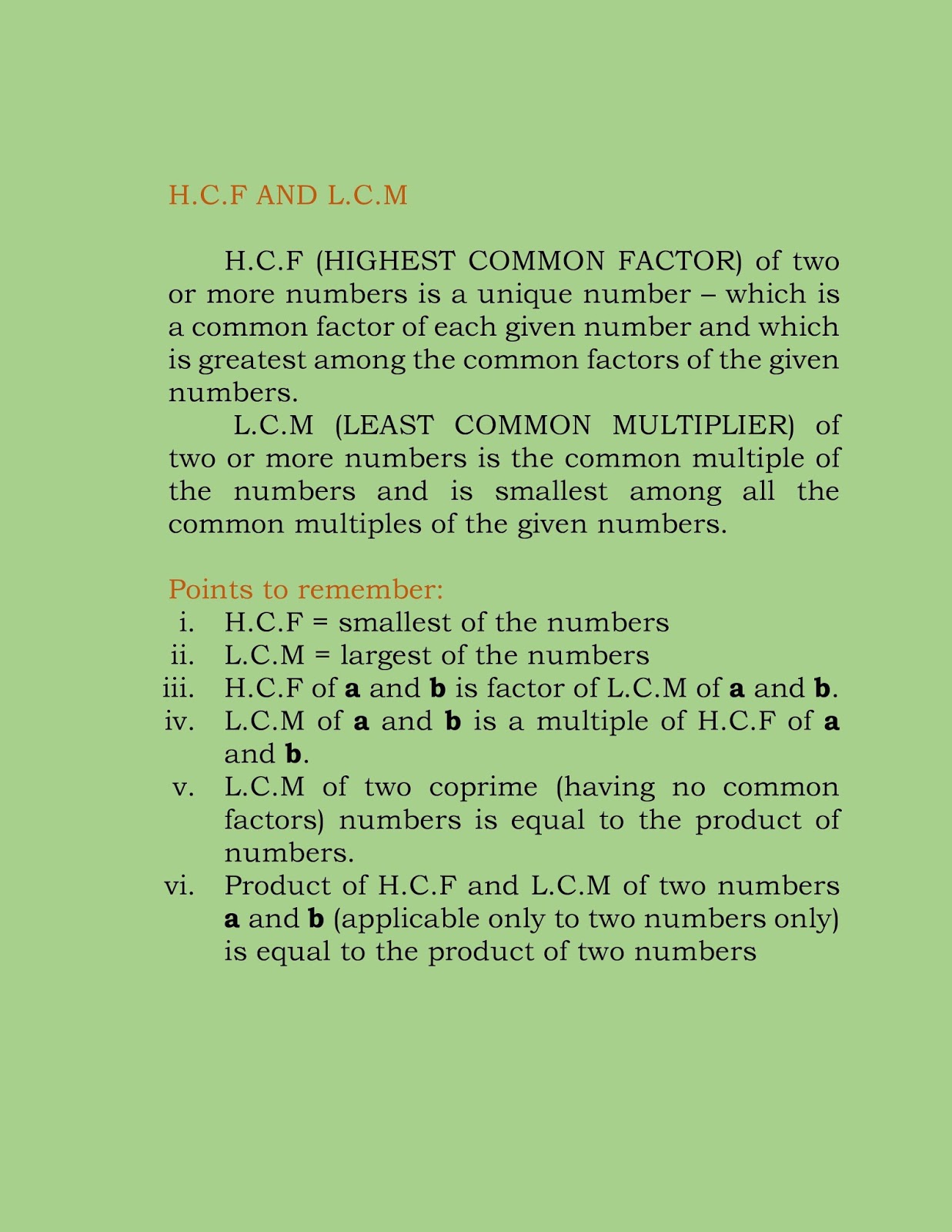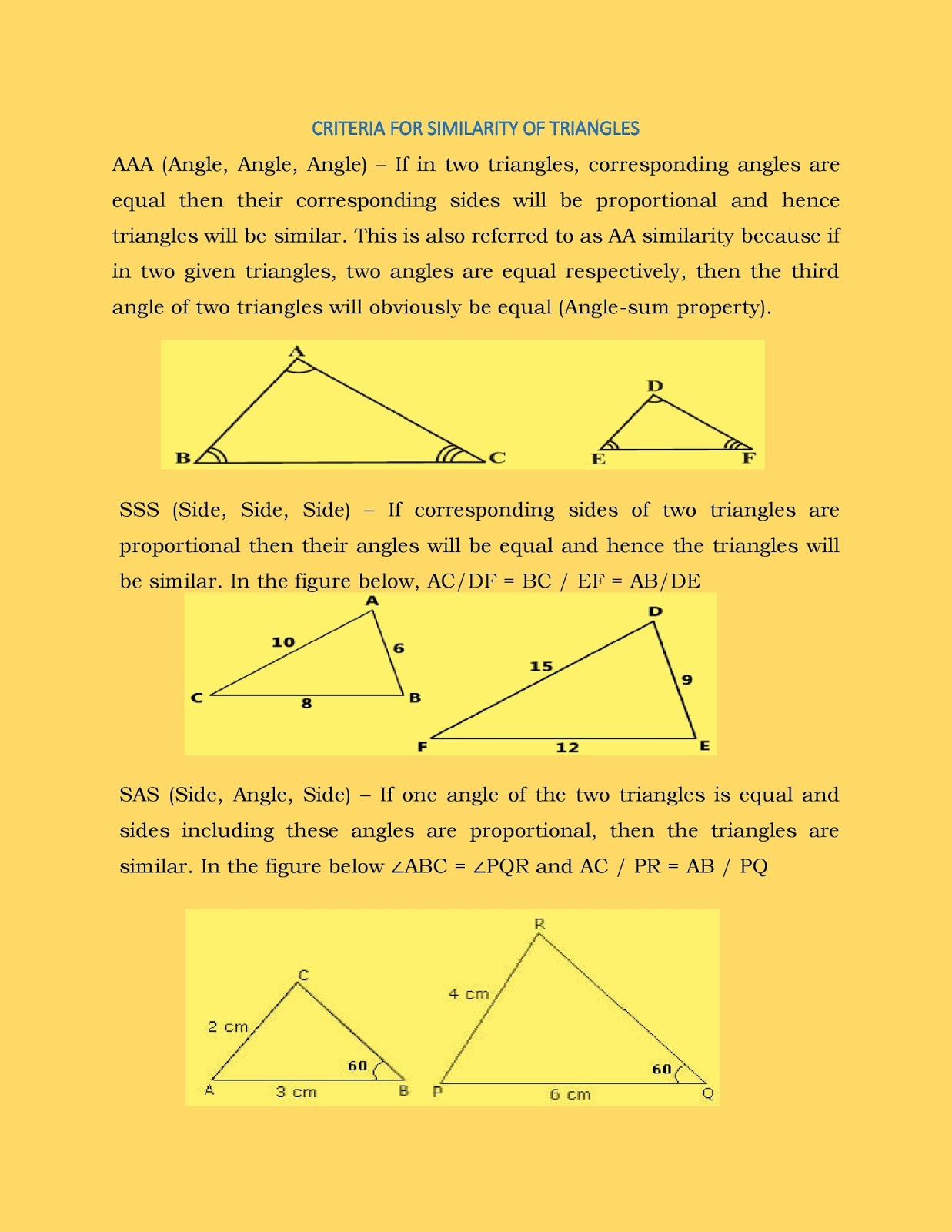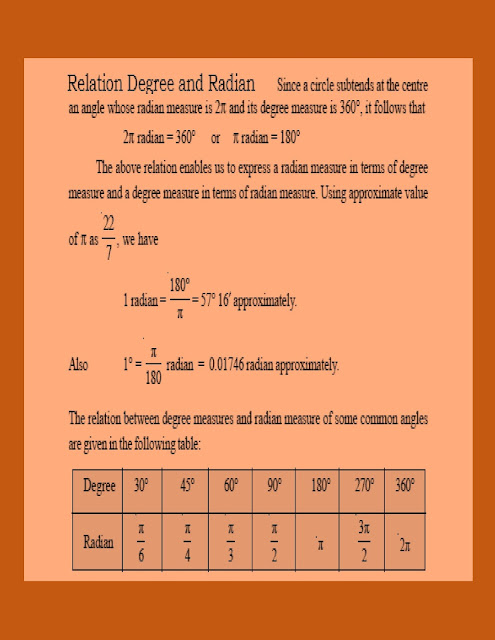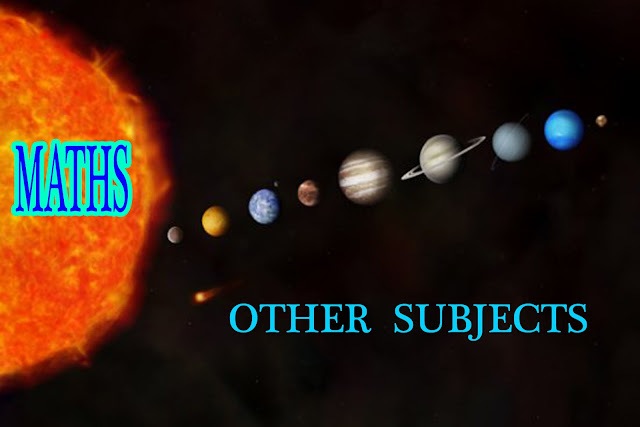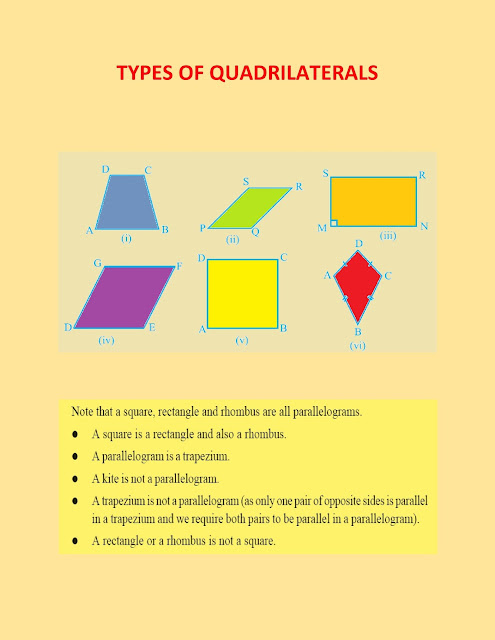PIAGET'S THEORY OF COGNITIVE DEVELOPMENT

STAGES OF COGNITIVE DEVELOPMENT Piaget identified four stages of cognitive development 1. Sensori-motor stage - Children learn through their five senses, goal-directed actions and object-permanence. They experience ego-centricism and fail to understand others' point of view. 2. Pre-operational stage - This stage covers 2-7 years of age. Children are able to do one step logical problems, develop language but still continues to be ego-centric 3. Concrete stage - This stage occurs during 7-11 years of age and develops logical thinking and concrete ideas in the children but they still struggle with abstract ideas. 4. Formal operational stage - This stage spans from age 12 to adulthood. Children think about abstract concepts. Thinking, reasoning, planning, problem solving abilities are developed. Educational Implications of Piaget's Cognitive Development Theory 1. Teacher must consider maturation level of the students in order to know what and how to teach. 2. Adequate amount o
